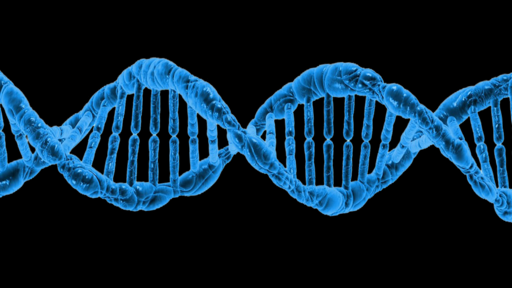Materials with strength and lightness can have various applications, potentially enhancing objects such as vehicles and body armor. However, these two qualities are mutually exclusive. Strength refers to the behavior of solid objects to resist stress and strains, while material is considered light if it weighs less than most other items. Researchers from the University of Connecticut developed a type of material that is incredibly strong and lightweight.

Glass with DNA Skeleton
Materials scientist Seok-Woo Lee led the researchers to create a solid material with very low density. To make the highly robust material, they built a structure using DNA molecules subsequently coated with glass.
The glass might not be a good choice for solid material since it shatters easily. However, it was found that glass breaks due to flaws in its structure, such as a scratch, a crack, or missing atoms. If a piece of glass is flawless, a cubic centimeter can withstand 10 tons of pressure.
Creating a large piece of glass that has no flaws is extremely difficult. On the other hand, the researchers knew how to make tiny pieces of flawless glass. As long as the piece of glass measures less than one micrometer thick, it can maintain a perfect state. Since the density of glass is lower than those of metals and ceramics, any type of structure made of nano-sized flawless glass can be strong and lightweight at the same time.
To make this possible, the research team created a structure of self-assembling DNA. These are pieces of DNA with specific lengths and chemistry, allowing them to snap themselves together into a skeleton of the material. It is like a house or building frame but is instead made of DNA.
The DNA was then coated with a very thin layer of glass-like material by materials scientists Oleg Gang and Aaron Mickelson from Columbia University and Brookhaven's Center for Functional Nanomaterials. Since it is only a few hundred atoms thick, the glass coated only the strands of DNA. This way, much of the material volume was left empty, like the rooms within a house or building.
The researchers discovered that the thin, flawless glass coating was reinforced by the DNA skeleton, making the material incredibly strong. Meanwhile, the space comprising most of its volume made the material exceptionally lightweight.
READ ALSO: Glass: The Science Behind It
Measuring the Strength of a Material
Strength is one of the several criteria to consider when choosing a material for a specific purpose. Material strength varies across different groups. Hence, there are other measurement techniques to test their strength.
Some of the popular ways to test the mechanical properties of a material are the tensile tests and compressive tests, which are carried out in the testing machines. Fatigue testing is performed to determine whether the material can handle the number of load repetitions before it fails.
Meanwhile, torsion testing helps determine a material's reaction to forces that can cause it to twist. There is also nick break testing for welded specimens and creep testing to determine the resistance of a material to stresses in the presence of high temperatures.
RELATED ARTICLE: Scientists Created Super Stable, Durable Glass by Mixing Multiple Molecules; Discovery Could Possibly Lead to New Types of Glasses
Check out more news and information on Glass in Science Times.



![Earth's Quasi-Moon Kamo‘oalewa Could Originate From Lunar Surface Not Asteroid Belt [Study]](https://1721181113.rsc.cdn77.org/data/thumbs/full/53275/89/56/50/40/earths-quasi-moon-kamo-oalewa-could-originate-from-lunar-surface-not-asteroid-belt-study.png)










